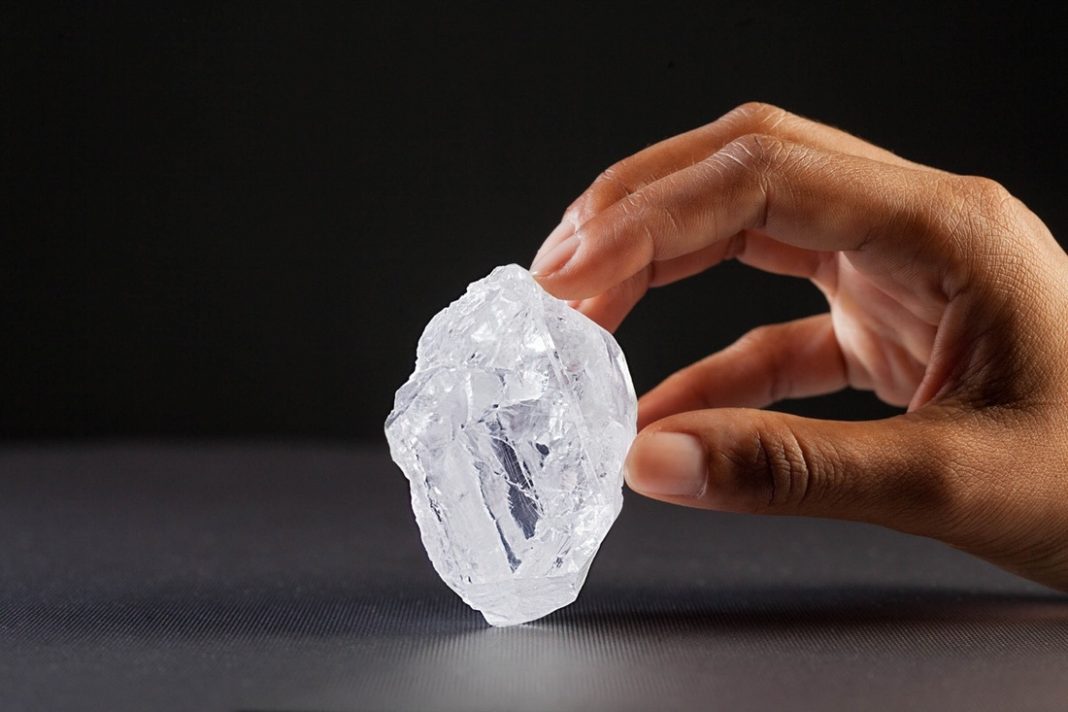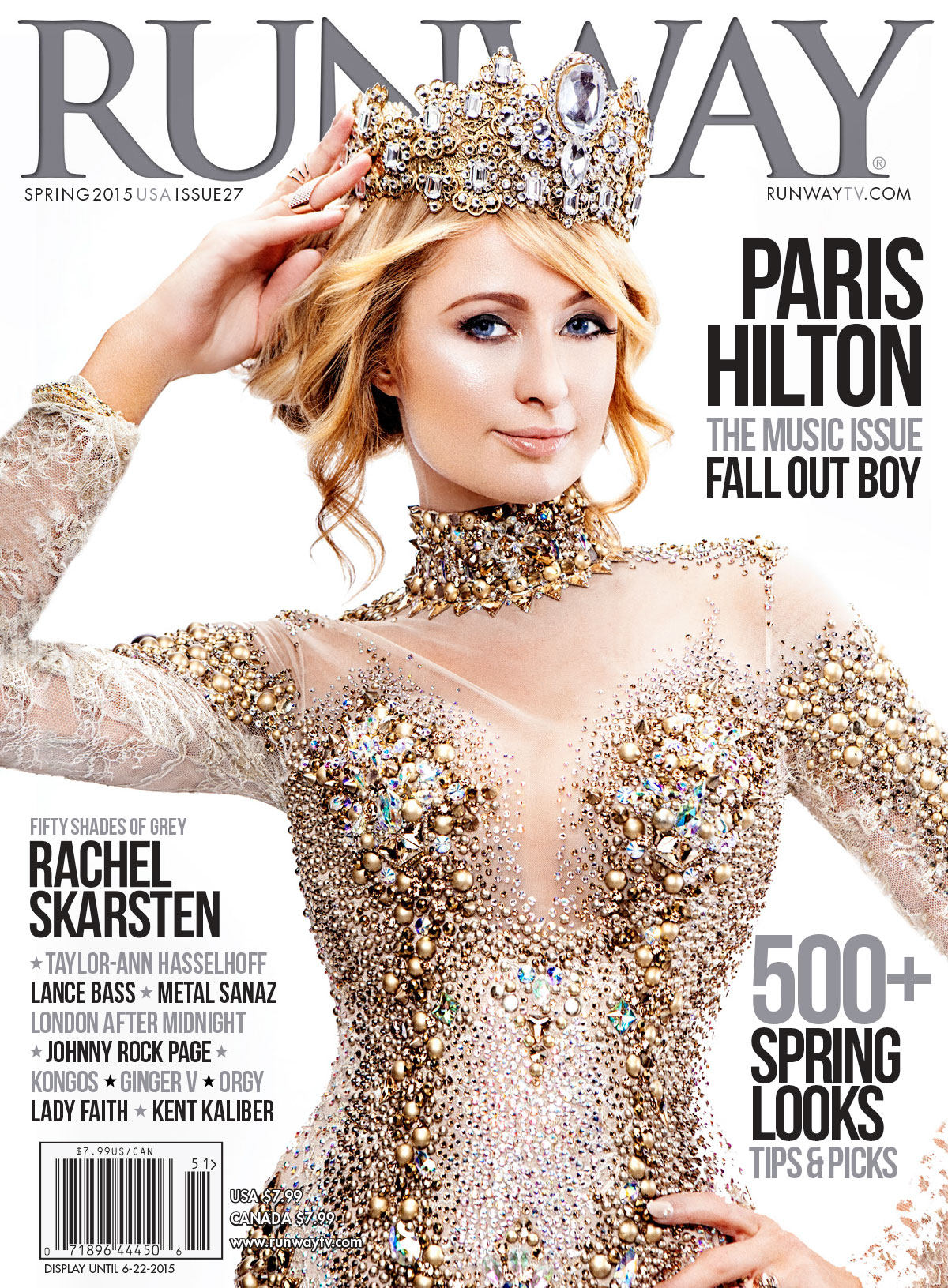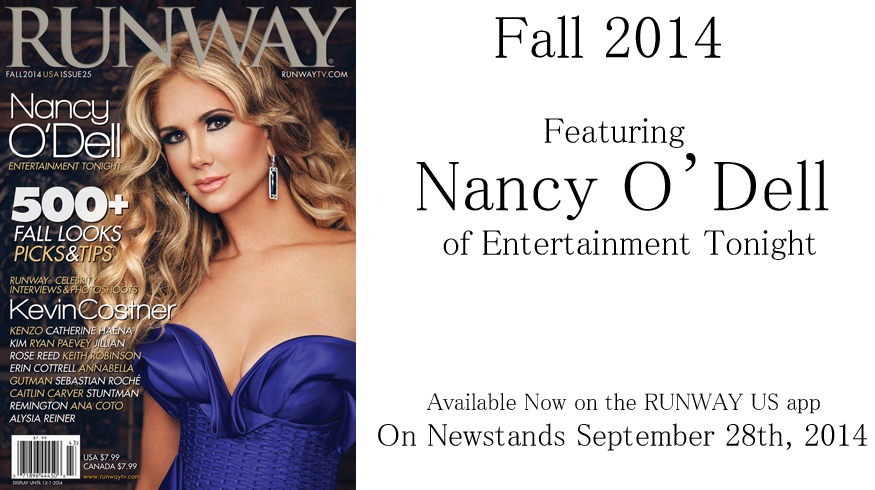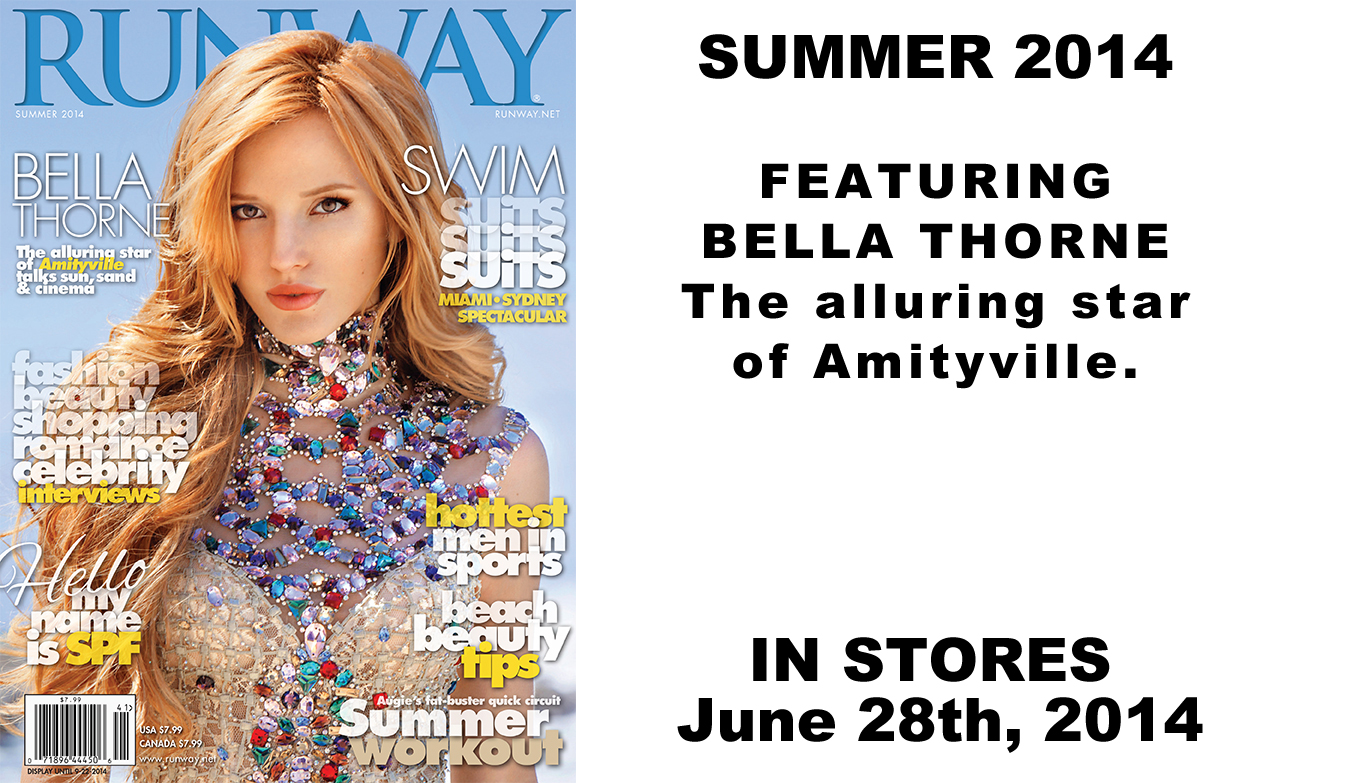
The diamond industry is engaging in the century-old debate that is at the crux of modern art: What is art and how do we define it?
If the recent Sotheby’s auction of the Lesedi la Rona, a 1,109-carat rough diamond, is any indication, then collectors have definitively answered that a diamond is not art. The Lesedi la Rona is the world’s largest gem-quality diamond of the last century. However, it failed to meet its $70 million reserve when it came to auction in a standalone sale on June 29th, at the end of London’s annual week of summer art auctions. Therefore, it was retained by its owner, mining company Lucara Diamond Corp.
2016 has been a record-setting year for polished diamonds at auction, particularly the fancy-colored variety, such as the Oppenheimer Blue,which, at $57.5 million, is the most expensive jewel ever sold at auction. But bringing an unpolished stone to a public platform for sale is an unorthodox maneuver. Rough diamonds are typically sold within industry-only trade auctions to be subsequently cut and polished. Lucara President and CEO William Lamb explains, “If we did want to target those people who would buy the stone as a collectible, not to polish, but just because of its historical significance, how best would we access those people? We believed that that would be through the auction process.”
The appeal of an enormous rough diamond has classically been the potential value of the polished stones it will yield. “Buyers respond to cut stones, particularly large or colored stones, because they’re prestige purchases and vanity purchases,” explains jeweler, scientist and author ofNew York Times best-selling book Stoned, Aja Raden. “Very much like works of art, buyers are told, ‘There is only one of these in the whole wide world, and someone is going to get it. How badly do you want it?’”
Raden adds, “The Oppenheimer Blue diamond, or the Blue Moon of Josephine diamond [sold in 2015 for $48.4 million], they might as well beStarry Night, or the Mona Lisa. People don’t just buy them for the monetary value, they buy them to be the only person in the world who owns them. The same absolutely is not true of the Lesedi la Rona, because it will inevitably be cut up and polished into numerous other diamonds…if anything it’s a very ephemeral sort of treasure.”
Through bypassing the standard trade auction, Lucara hoped to appeal to a kind of collector who would view the Lesedi la Rona itself as an art object, recognizing its inherent rarity and historical import, without cutting it to sell off piecemeal.
“When you sell a rough diamond,” says Lamb, “the automatic default to value the stone is based on what the stone will produce and that was a bit of a frustration because we’re saying, ‘Ignore what the stone will produce, this is an absolute unique piece.’ If history repeats itself, there is not a soul alive who will see another 1,000-carat stone.”
In the vein of Marcel Duchamp’s iconic readymades, Lamb believes that the Lesedi la Rona could be the stone to disrupt the way the diamond industry does business, once the art world embraces it. For Lamb, theLesedi la Rona’s natural occurrence only serves to enhance its artistry.
“You could take a Picasso,” says Lamb, “and a very good artist or even a very good printer could replicate that for you. There is no manmade mechanism that will ever be able to create a stone exactly the same as theLesedi la Rona. That’s what makes it unique. We wanted to know if [the market] was willing to pay an auction premium for that. And it would appear that the market doesn’t yet understand.”
In the wake of the unfavorable results, Lamb says private individuals have shown interest in the Lesedi la Rona, and Lucara hasn’t ruled out bringing the diamond back to public auction at a future date, if they are able to sufficiently educate collectors on the rough stone’s historical magnitude.
Says Lamb, “You won’t hear me ever say that the auction failed. We didn’t get the outcome from the auction that we wanted but what we did get was access to a whole world of new potential investors. The demand from the private sector after the auction closed seems to indicate to me that there is still a market for it.”






























